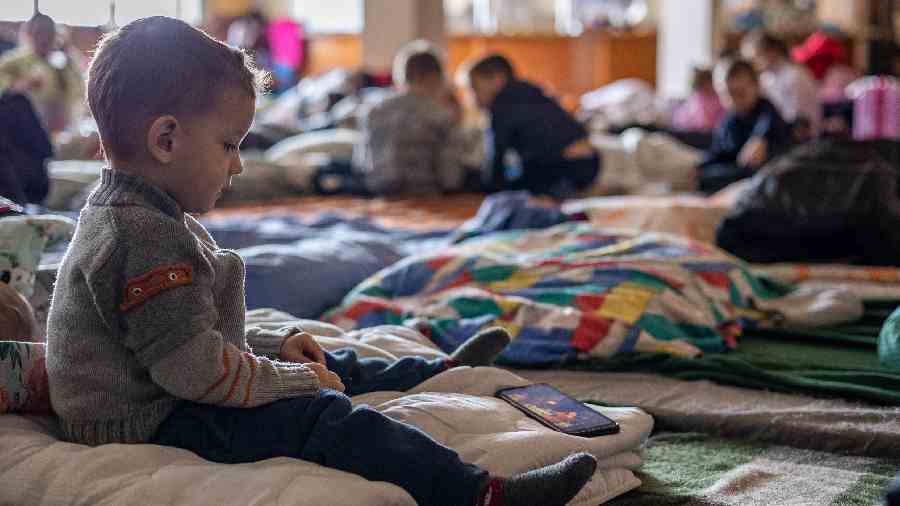The effects of acute and chronic armed conflict are disproportionate on different constituencies. While the immediate and cumulative loss of lives and property is easier to map, the long-term effects of armed conflict on women and children continue to be shoved to the sidelines. The latest report of the secretary-general of the United Nations on children and armed conflict — it charts the trends regarding the impact of such violence on children — along with a Unicef report on the same issue have found that between 2005 and 2020 more than 104,100 children have been killed or maimed. There are additional concerns. More than 93,000 children have been recruited and used by parties to conflict while at least 14,200 children faced sexual violence and, in the case of girls, forcible marriage. These are alarming numbers, laying bare the collective failure to protect children from grave violations. Some of the transgressions can even be ‘invisible’. Children living in conflict zones are not only exposed to physical threats but are also vulnerable to developmental delay, disability, and mental and behavioural impairments. Additionally, armed conflict inevitably leads to the destruction of infrastructure required by children for their optimal survival and development — schools and hospitals are destroyed — resulting in the curtailment of children’s basic right to safety, health and education.
Several countries have featured on the list of vulnerable zones for children — Afghanistan, Iraq, Myanmar, Pakistan, among others. A prolonged civil crisis in sub-Saharan Africa led many children to turn to the militia for livelihood, protection or revenge; in 2018, a local militia fighting the Boko Haram in northeast Nigeria rescued at least 833 child soldiers. India, too, has merited attention. The UN may have welcomed the legal and administrative framework for the protection of children in several regions, including Assam and Jammu and Kashmir, but it also raised concerns about “other situations” that pose risk to the safety of children. Unsurprisingly, India has objected to the categorisation, arguing that a selective expansion of the mandate could politicise the agenda. But there is a case for deeper scrutiny. For instance, Maoist outfits have been known to recruit young people to their ranks. Therefore, it is imperative to identify areas of overlapping concern for effective policy formulations. Close cooperation between the UN and the security agencies of the member states would be critical in ensuring the safety and reintegration of children affected by armed conflict.











